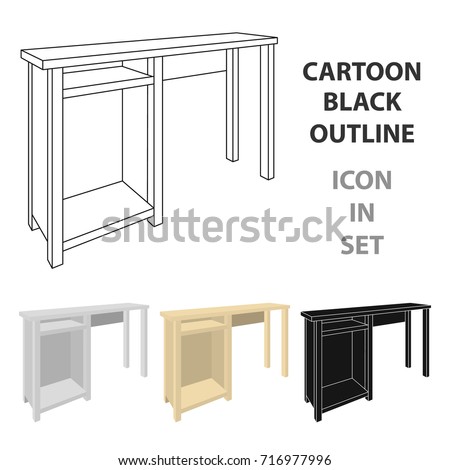Discover The Captivating Experience Of Refurbishing Classic Cupboards, Exposing Unknown Stories And Exposing The Enigmas Of Background
Discover The Captivating Experience Of Refurbishing Classic Cupboards, Exposing Unknown Stories And Exposing The Enigmas Of Background
Blog Article
Personnel Writer-Snider Stefansen
To begin the journey of recovering antique cupboards, you require a keen eye for detail. Think of revealing concealed keys within each layer of history ingrained in the timber. Photo the complete satisfaction of reviving a once-forgotten piece to its previous glory. Every step of this thorough process holds the crucial to protecting the past while producing a future heirloom. So, are you prepared to start this transformative undertaking and unlock the capacity of your antique cupboards?
Examining the Closet's Problem
When beginning the restoration procedure, begin by analyzing the problem of the antique cabinet. Carefully examine the total framework for any kind of indications of damages such as fractures, chips, or loosened joints. Check the wood for any kind of rot, warping, or insect invasion that may have occurred with time. It's important to figure out the level of the restoration required prior to continuing better.
Next off, check the closet's equipment such as joints, knobs, and locks. Make note of any type of missing out on pieces or components that need fixing or substitute. Ensure that all hardware is functioning correctly and firmly attached to the cabinet.
Furthermore, assess the cabinet's coating. Look for any scrapes, stains, or staining that might affect the visual charm. Identify if the finish needs to be stripped and reapplied or if a basic touch-up will be adequate.
Collecting the Necessary Devices and Products
After examining the condition of the antique closet, the next step is to gather the essential devices and materials for the restoration procedure. Prior to you start, ensure you have the complying with items handy:
- wood cleaner
- sandpaper in different grits
- timber filler
- paint or wood discolor
- brushes
- handwear covers
- safety goggles
- a dirt mask
- a ground cloth
- a putty knife
- a hammer
- a screwdriver
- a hoover
These tools and products are essential for an effective reconstruction.
Wood cleaner is crucial for eliminating years of dirt and grime accumulation, preparing the surface for sanding. Sandpaper of various grits assists in smoothing out flaws and preparing the wood for a new surface. Wood filler is handy for repairing any splits, openings, or damages existing in the cupboard.
Paint or wood discolor, along with brushes, allow you to tailor the cabinet to your choice. Bear in mind to wear handwear covers, safety goggles, and a dirt mask for protection. Set https://franciscovbhms.luwebs.com/28391310/selecting-the-suitable-wood-for-your-customized-cabinets to safeguard your workplace, and utilize a vacuum cleaner to tidy up any particles.
With these tools and products collected, you prepare to begin the remediation procedure.
Carrying Out the Reconstruction Refine
To effectively carry out the remediation procedure on your antique cupboard, start by extensively cleaning up the surface with the timber cleaner. This action is vital as it helps eliminate years of dust, grime, and old gloss that may have gathered externally.
As soon as https://www.azfamily.com/2022/03/23/scottsdale-man-hires-fake-contractor-150k-remodeling-job/ is clean and dry, evaluate the condition of the timber. Look for any kind of cracks, scrapes, or various other damages that require to be resolved. Usage wood filler to fix any type of flaws, making sure to match the filler color to the wood tone for a seamless finish.
After the repair work have actually dried, delicately sand the whole surface area to develop a smooth and also base for the brand-new finish. Beware not to sand too aggressively, as you do not intend to harm the timber beneath.
When the sanding is complete, apply a wood tarnish or finish of your choice, complying with the maker's guidelines. Permit the finish to dry totally before applying a protective top layer to ensure the durability of your restored antique cupboard.
Final thought
Now that you have actually completed the reconstruction process, your antique cabinet looks like new.
By following the step-by-step guide, you were able to examine, fix, and improve its problem easily.
With a fresh surface and protective leading layer, your treasured piece will certainly continue to radiate for many years to come.
Delight in the charm of your restored antique closet!
